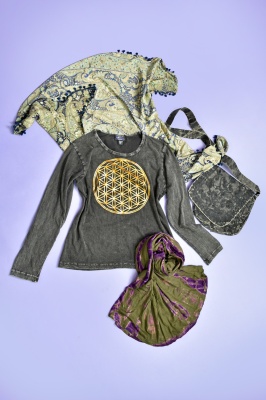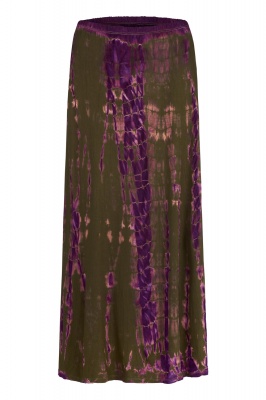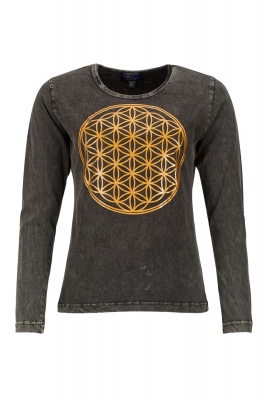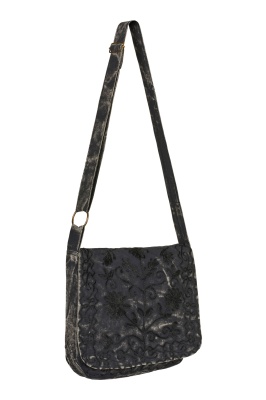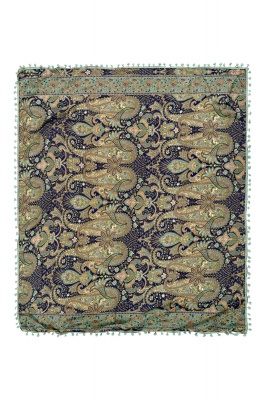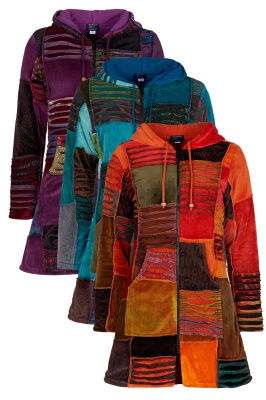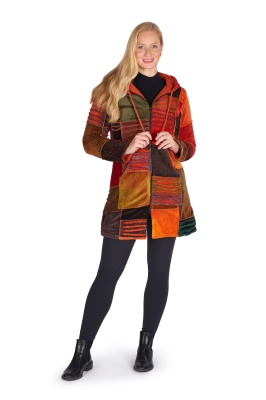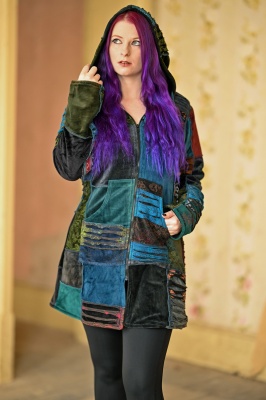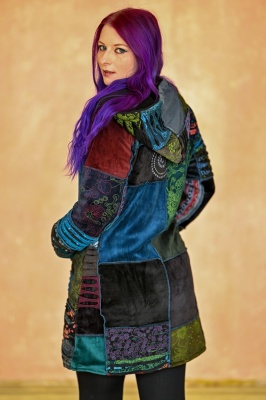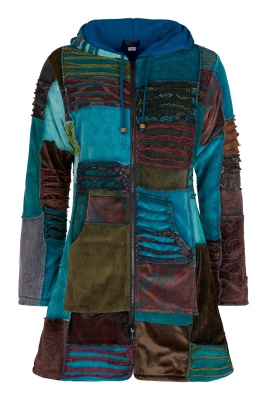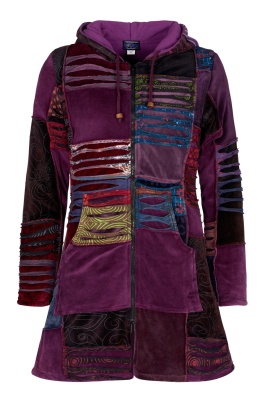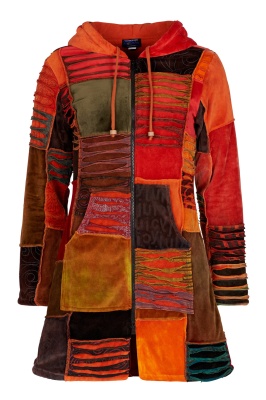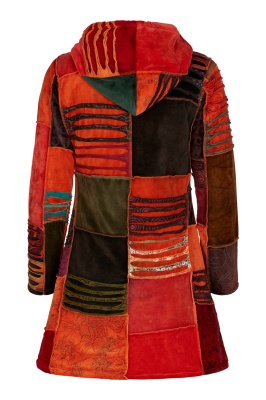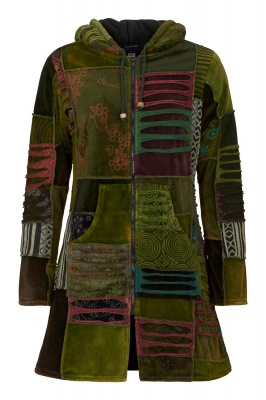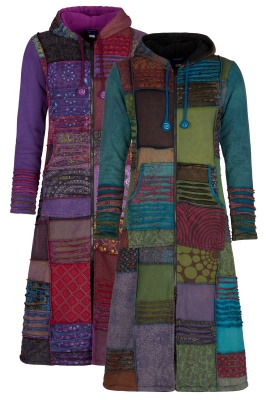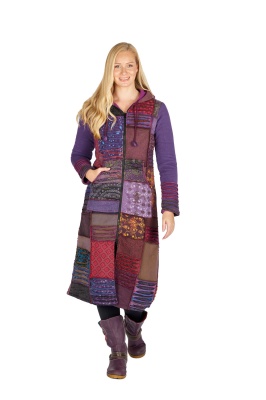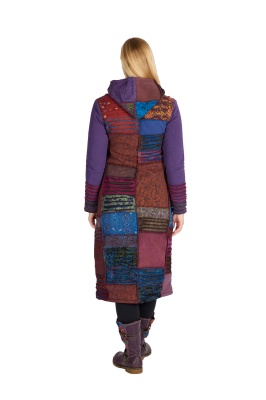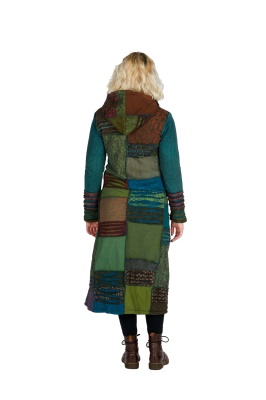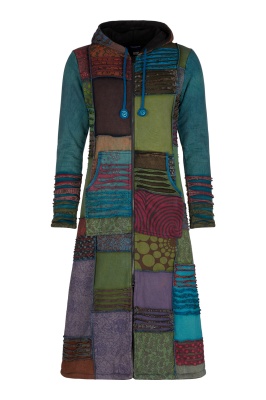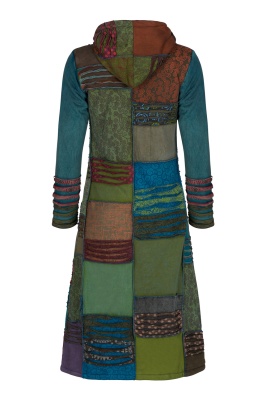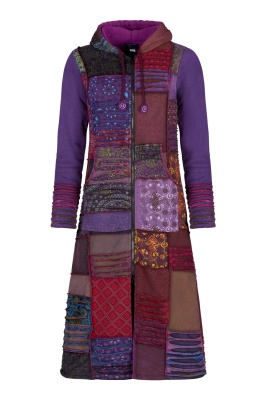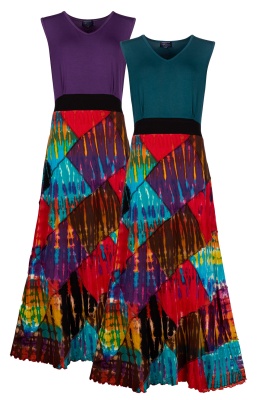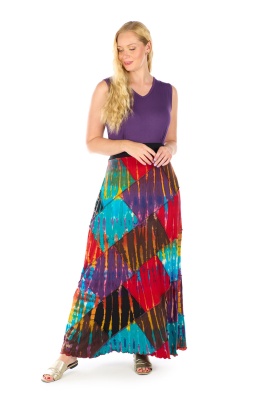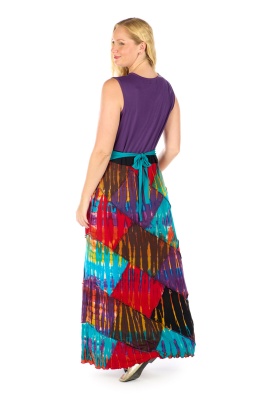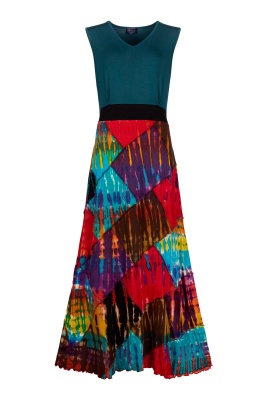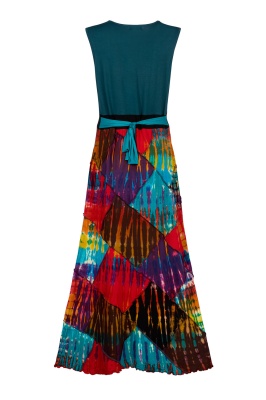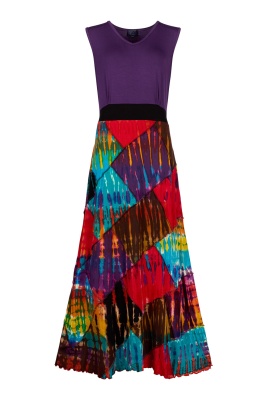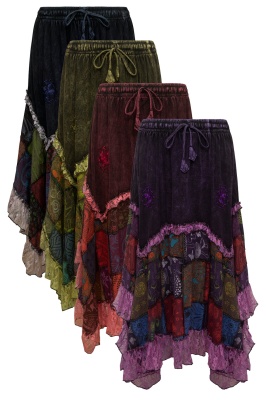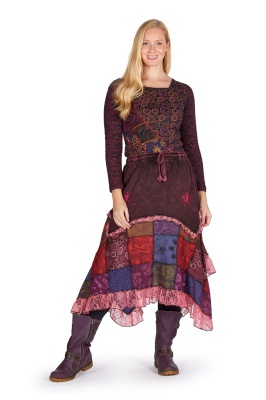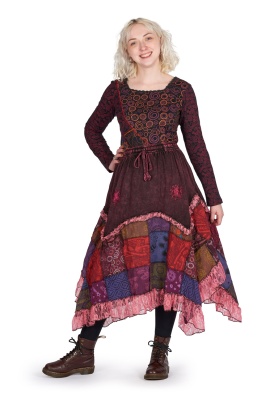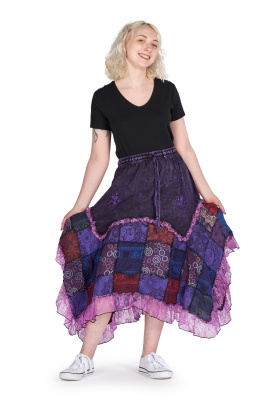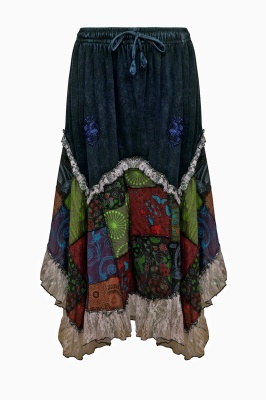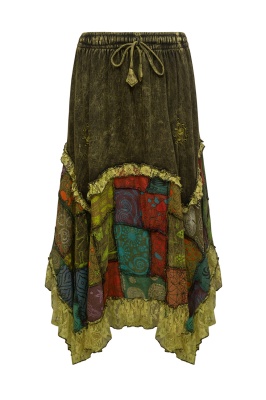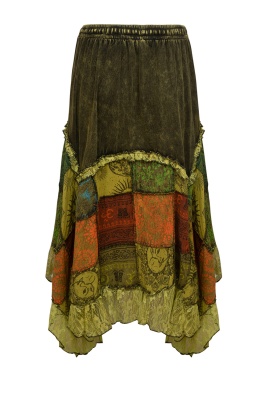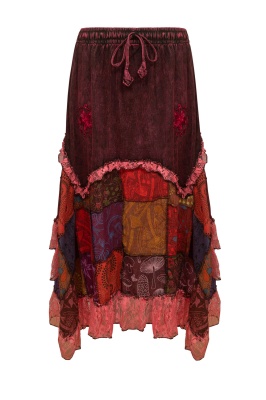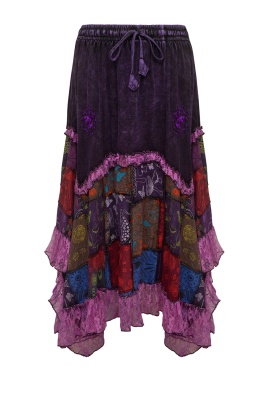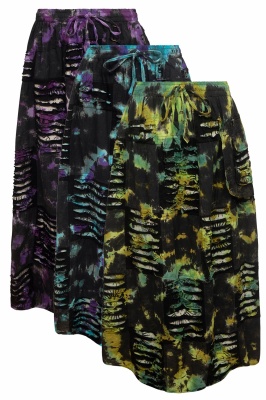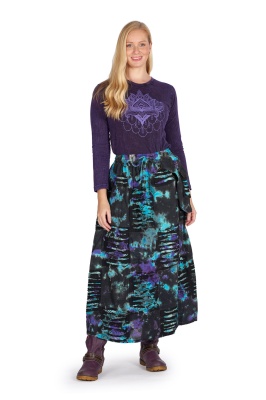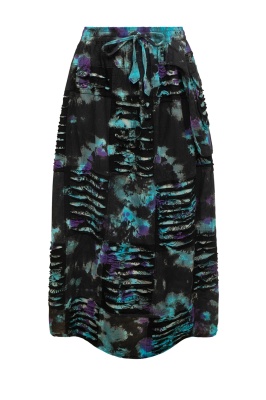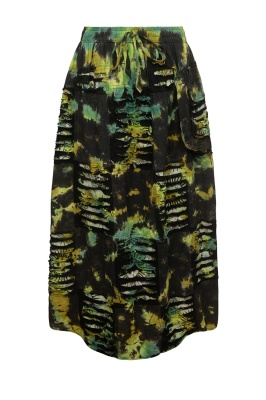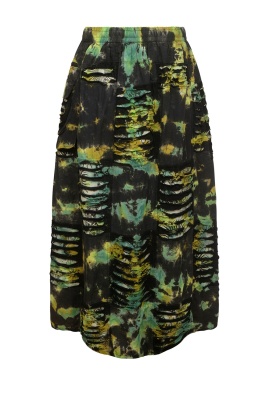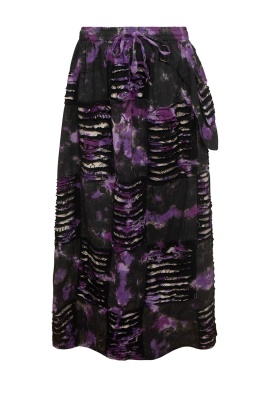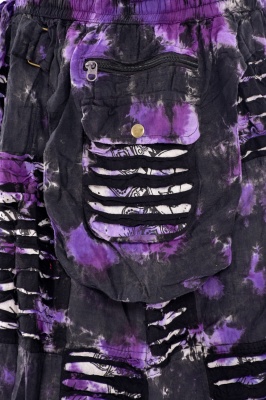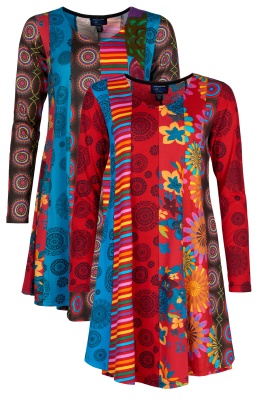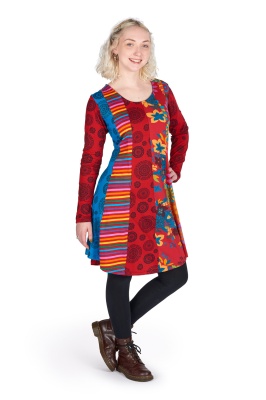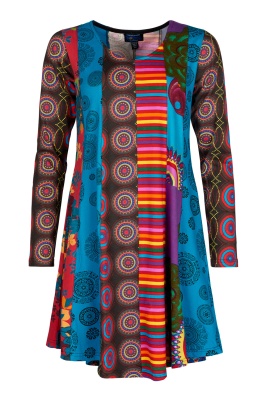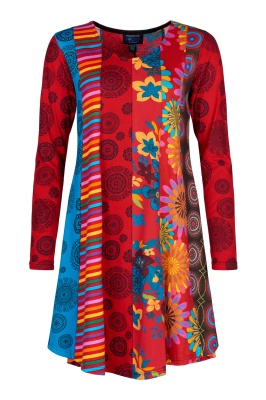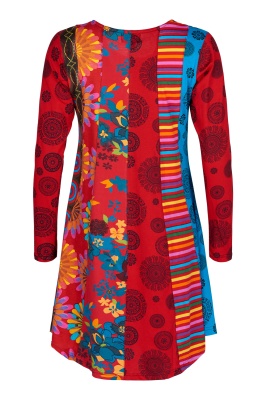The curious history of men's clothing - Waistcoats, trousers and T shirts
Who dreamed up the waistcoat?
The waistcoat is a British invention. Its forerunner first appeared at Charles the Second's court during the 1660s, a garment that evolved from a simple sleeveless jacket. Charles, as the representative of the newly-restored monarchy, was keen to look as different as possible from the French, royal family, and announced the waistcoat via Royal Decree, something Samuel Pepys noted in his famous diary: “The King hath yesterday in council declared his resolution of setting a fashion for clothes which he will never alter. It will be a vest…”
The inspiration for the new garment came from travellers returning from Persia, where the heat meant a full jacket wasn't practical. Instead the sensible Persians at the time wore a sleeveless jacket that was often highly decorated, useful for hiding stuff like weapons from view as well as protection from the elements.
Charles' 'vest', at waist length, was a lot shorter than the fashionable long jackets of the time, so caused a stir. The new garment was soon taken on by court dandies, also called peacocks and popinjays thanks to their remarkable flamboyance. By the 1820s dandies were wearing waistcoats in “all the colours of the rainbow”, often made from patterned silks and satins and covered in stunning embroidery. By the mid 1800s the waistcoat was an everyday thing. And by the mid-1900s a man without a waistcoat just wasn't properly dressed.
These days formal, smart waistcoats are still worn for weddings and less formal, funky waistcoats have worked their way into the alternative clothing scene to become a favourite with rebellious men. During the last football World Cup, Gareth Southgate's uber-smart waistcoats scored a huge hit, and now they're back in fashion again, worn with suits, jeans, even harems and shorts. Take a look at our brilliantly colourful men's waistcoat – how's that for something different?
Where did trousers come from?
Trousers go back a long, long way into the mists of time. They first turned up because robes were not really practical or comfortable on horseback. The soldiers who wore trousers were much more effective in war than those who were constantly tripping over their long, annoying clothing, and for that reason the very first trousers were military ones.
In the 6th century BC the Greeks noticed Persian, Eastern and Central Asian horse riders wearing trousers, and they laughed. They nicknamed the trousers 'thulakos,’ or ‘sacks’. The Romans did the same, finding trousers ridiculous and thinking they were only fit for barbarians. But as the Roman empire grew trousers became the norm, loved by many conquered cultures for their warmth and practicality.
The original military trousers were either tight-fitting shorts or loose-fit models that closed at the ankles. By the late 1300s they'd become tight trousers with attached foot covers, rather like leggings or tights and worn under armour. 1500 saw trouser proportions getting a bit silly, voluminous and balloon-like at the top and fitting tight at the ankle, made from ornate materials with colourful linings. Like all the craziest fashions, the baggy trousers of the 1300s soon gave way to simple breeches that fastened at the knee, later ankle length trousers typically worn by working class people.
In the 1800s trousers finally became the kind of thing we see today, a looser fit with a fly, less decorative than ever before. These days trouser fashions tend to go in cycles, from slim fit to boot cut, flares to pegs, wide legs to bags. Why not explore our men's department to find loads of really cool, unusual trousers.
Who invented the T shirt?
The T shirt, like jeans, is one of the world's favourite garments, worn by almost every culture on the planet. But as a style it's quite new, dating back to the late 1800s, created by American labourers who got into the habit of cutting their jumpsuits in half to keep cool.
The first T to be manufactured was made for soldiers fighting in the Mexican-American War during 1898, and the US Navy adapted them in 1913 as a standard kind of vest. In 1920 the name 't-shirt' arrived in Britain, inspired by F. Scott Fitzgerald who coined the phrase in his novel, This Side of Paradise.
In 1950 Marlon Brando and James Dean transformed the humble T into a high fashion item thanks to the smash hit movies A Streetcar Named Desire and Rebel Without a Cause. As a result businesses in Florida started making the garments, decorating them with slogans and images. By the end of the '50s Tropix Togs had a license to print Walt Disney characters on their Ts, and by 1960 the printed T was a global staple.
We also do excellent T shirts. Check out these three: our short sleeved Buddha T, mantra T and hippie Ts are all brilliant, all top quality. Next time you get dressed, give a nod of respect to the people who invented the popular items you're wearing. You're actually wearing history!

